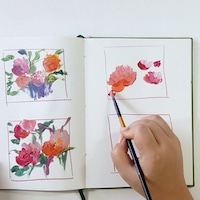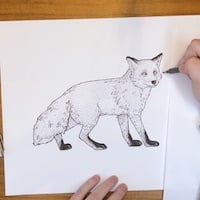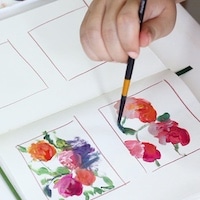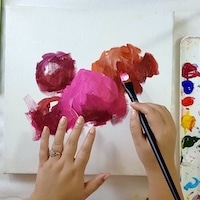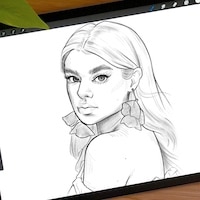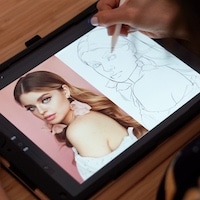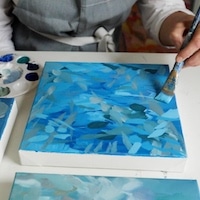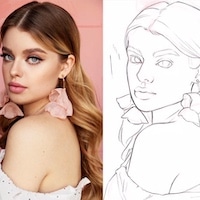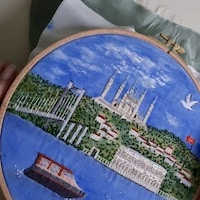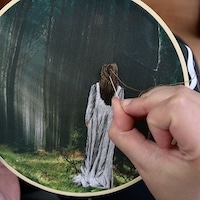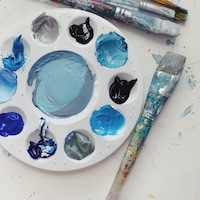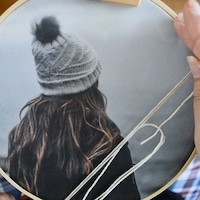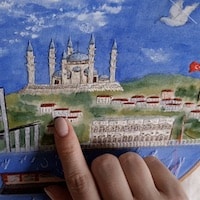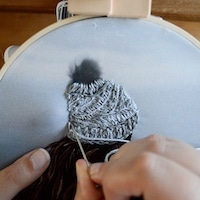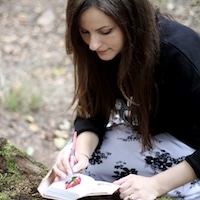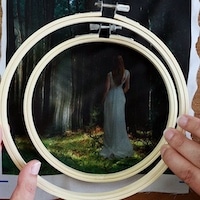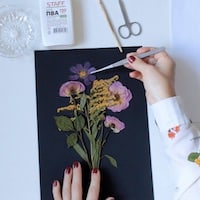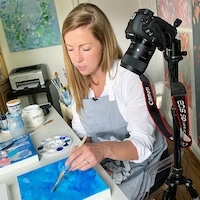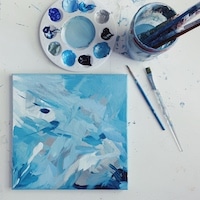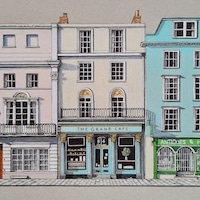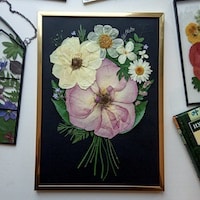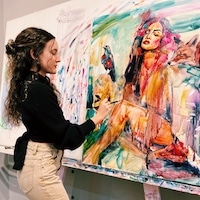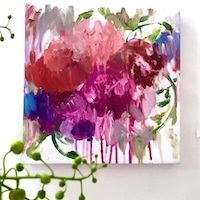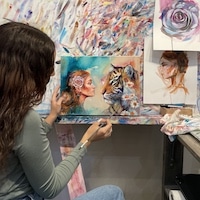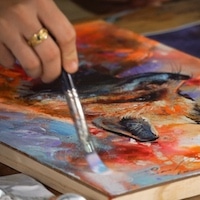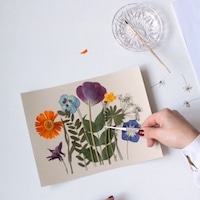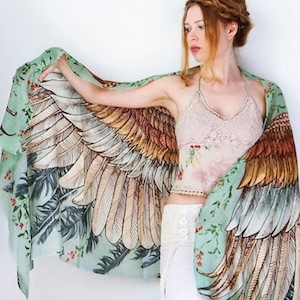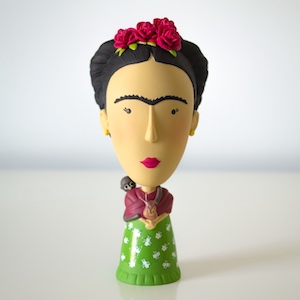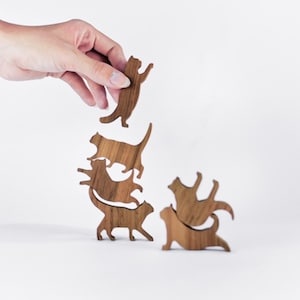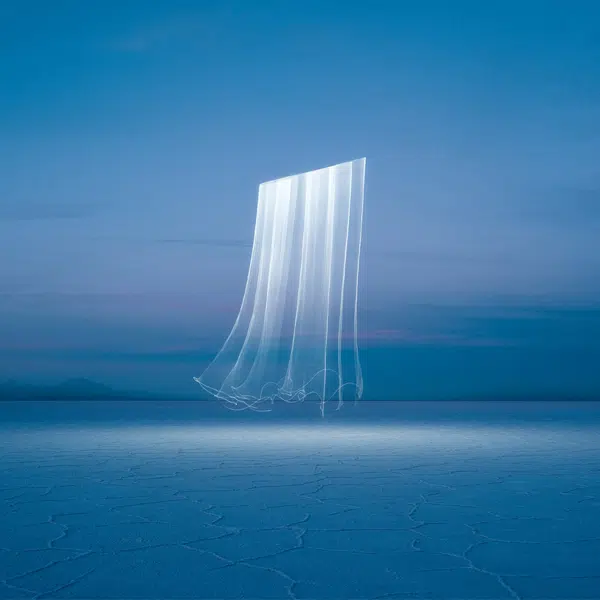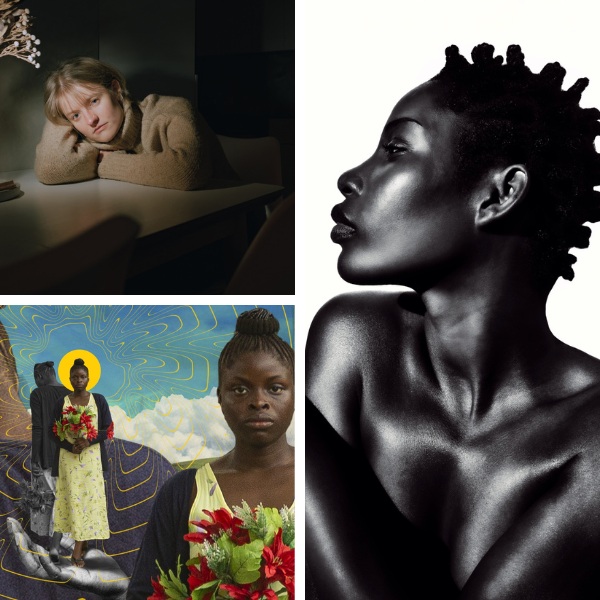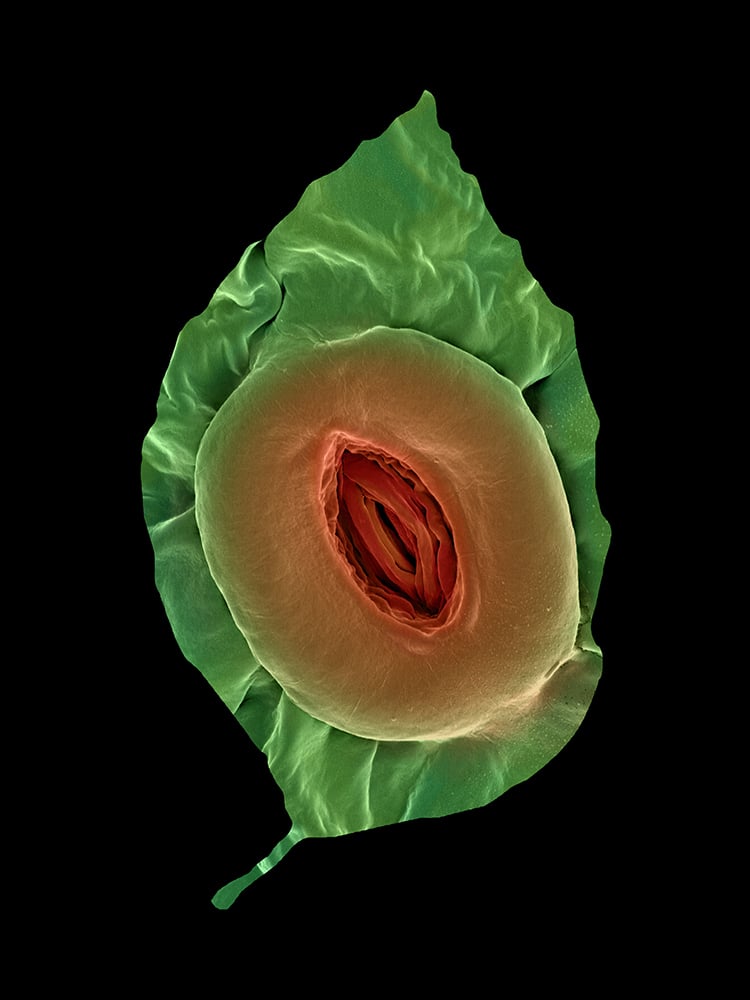
Fagus grandifolia – American beech; highly magnified view of a stoma on the leaf surface. Hand-colored micrograph.
Artist Rob Kesseler merges the disciplines of art and science in his Canopy series, which explores the up-close intricacies of plant life that are normally unseeable. To capture these incredible magnified pictures, Kesseler employs scanning electron microscopy (SEM), which he then meticulously colors by hand. These micrographs show the wondrous details of pollen, seeds, and fruit.
Despite his penchant for micrography, Kessler is actually a professor at Central Saint Martins and Chair of Arts, Design & Science at University of the Arts London. His current creative practice is based around the desire for collaboration between artists and scientists. Before producing the Canopy series of micrographs, Kesseler worked with botanists at the Royal Botanical Gardens in Kew to examine the artistic potential of microscopic images of plants. The British artist finds that interdisciplinary art, which exchanges different ideas and perspectives, reflects the modern era.
Kesseler's hand-colored micrographs of plants, for example, display scientific images normally viewed through a microscope as stunning works of fine art. Even though the subjects of these magnified photographs are largely unrecognizable—and even alien-like in their forms—their clarity, color, and pattern are undeniably mesmerizing. The images featured appear in his award-winning series of books on Pollen, Seeds, and Fruit, published by Papadakis.
Scroll down to see more colored micrographs of plants, and visit Kesseler's website to see his full portfolio.
Artist Rob Kesseler explores the intricacies of plant life in his hand-colored micrographs.
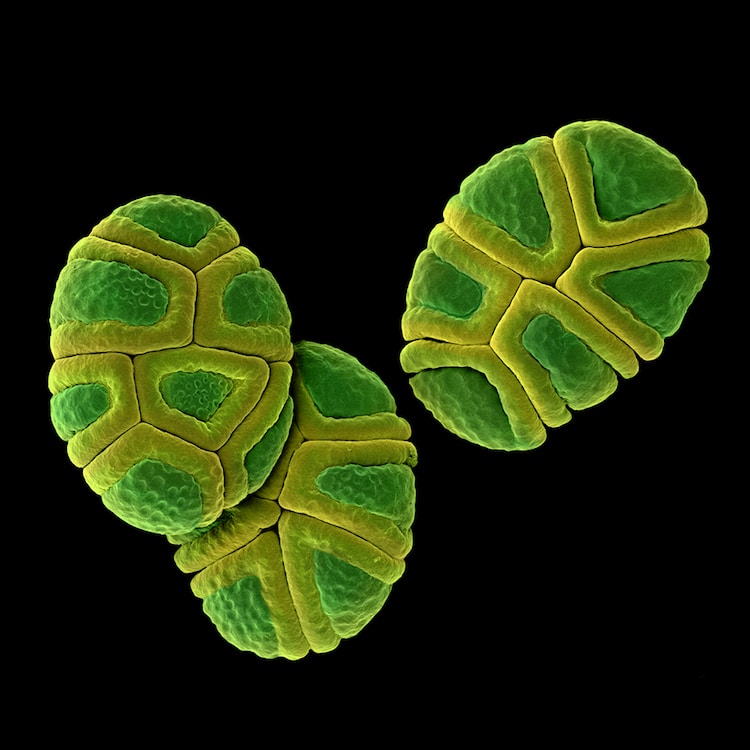
Acacia X veitchiana – Pollen grains. Magnification x 1500. Hand-colored micrograph.
These magnified images show pollen, seeds, and fruit up-close in stunning clarity.
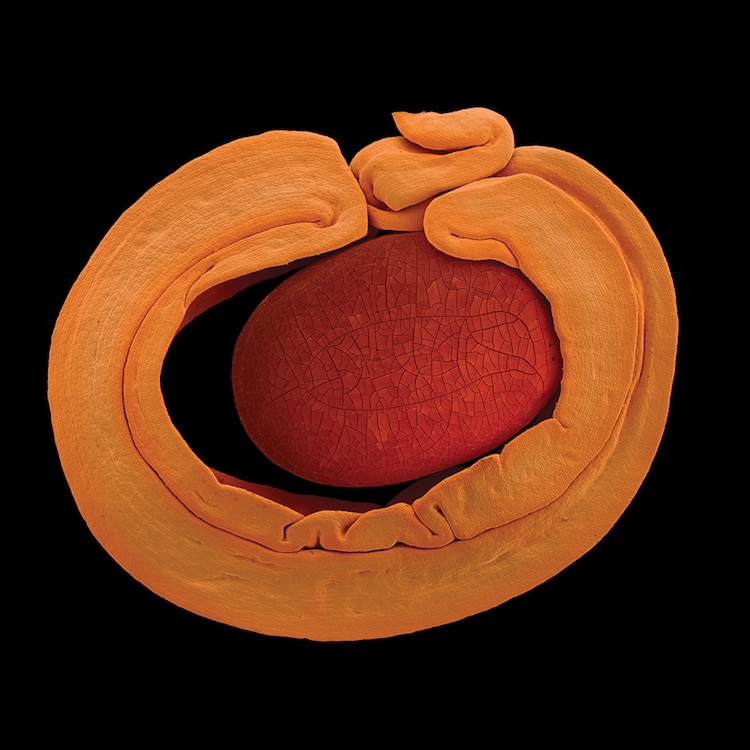
Acacia cyclops – Coastal wattle. Seed. Hand-colored micrograph.
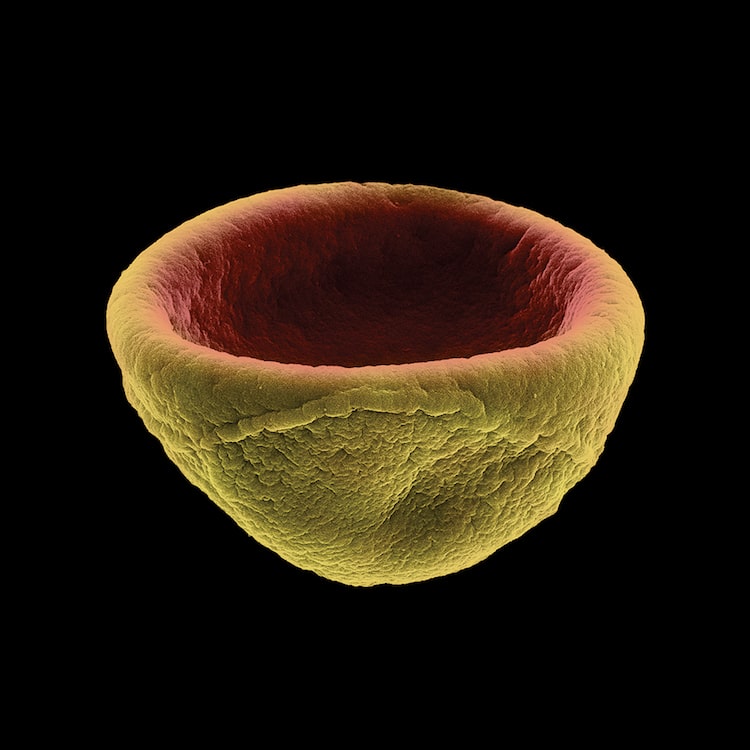
Larix deciduas– European Larch; pollen grain, dehydrated and infolded, forming a bowl. Hand-colored micrograph.
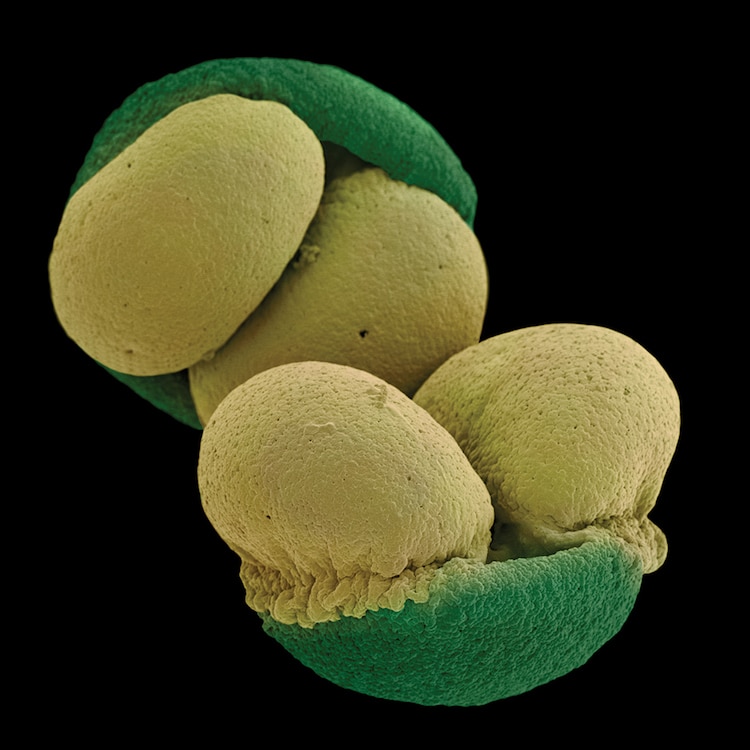
Pinus radiata – Monterey Pine: two dehydrated pollen grains. Hand-colored micrograph.

Prunus persica, Peach – microscopic detail of fruit surface. Hand-colored micrograph.
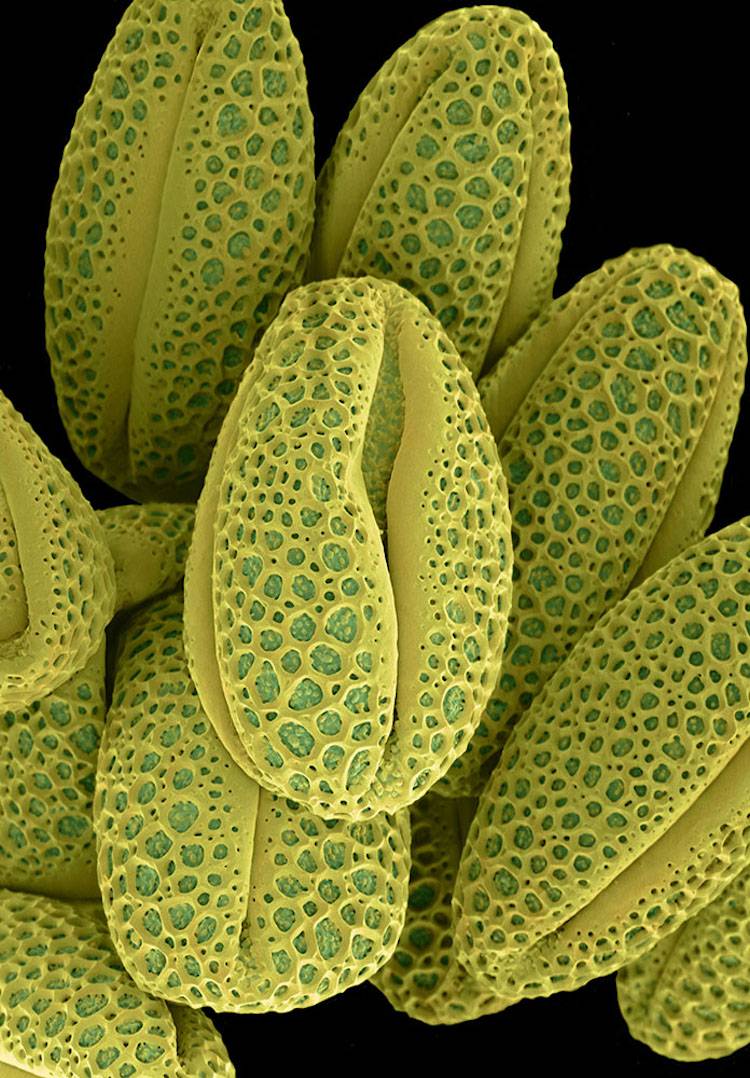
Salix caprea – Pussy Willow. Pollen grains. Hand-colored micrograph.
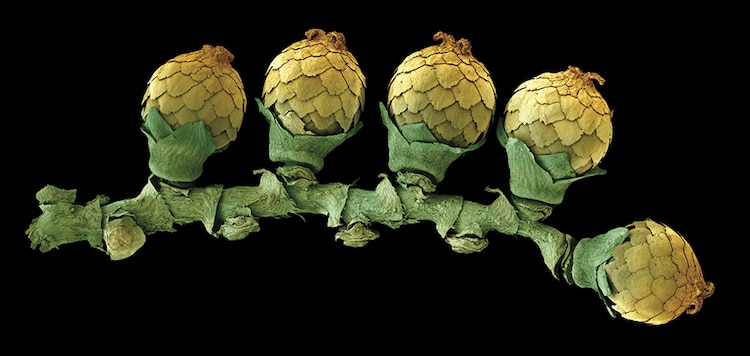
Calamus aruensis — Rattan palm; native to New Guinea – immature fruits. Hand-colored micrograph.
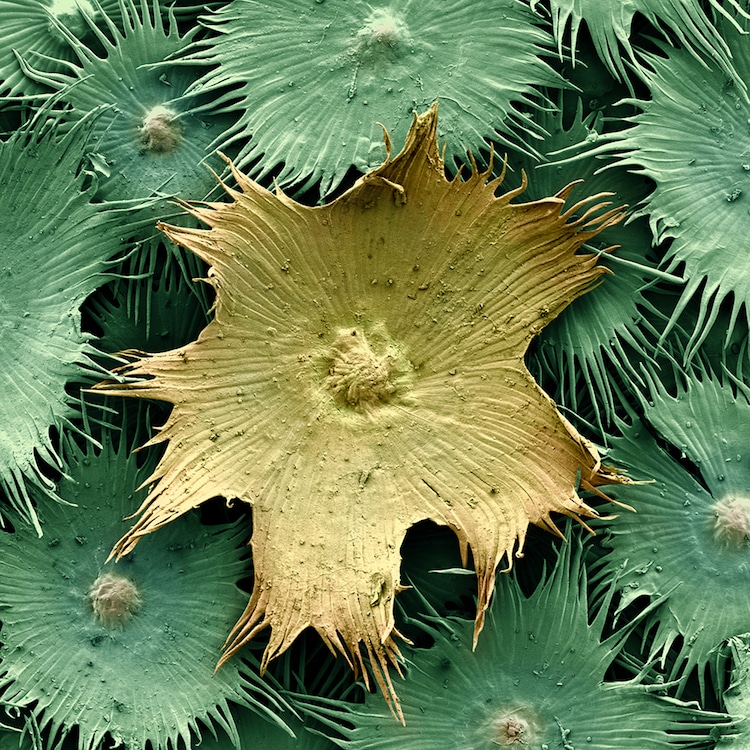
Elaeagnus — Silverberry. Magnified view of star-shaped trichomes (hairs) covering the leaf surface. Hand-colored micrograph.

Ficus villosa — Villous fig; native to tropical Asia – longitudinal section of fruit. Hand-colored micrograph.
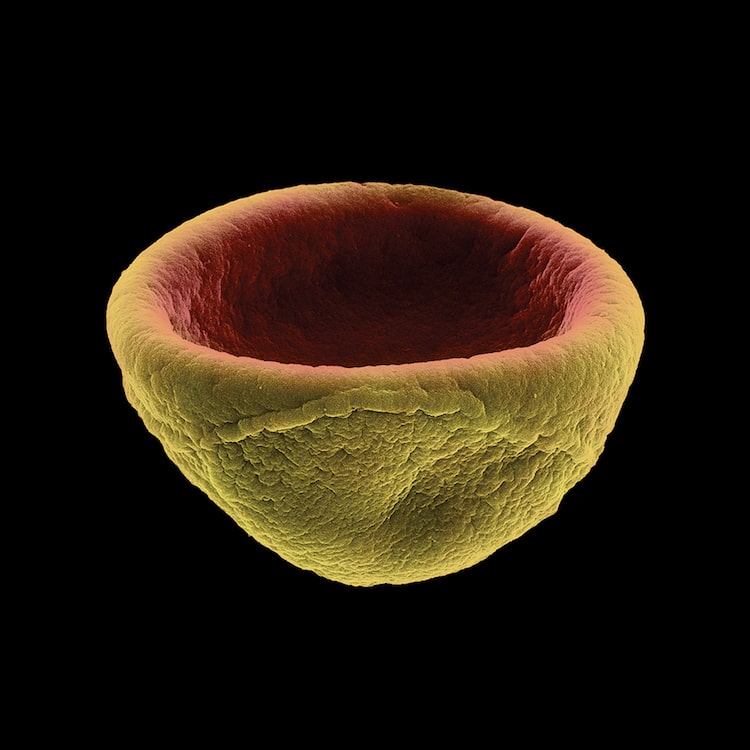
Larix deciduas — European Larch; pollen grain, dehydrated and infolded, forming a bowl. Hand-colored micrograph.

Quercus robur — Common oak. Three tiny female flowers on a stem. Hand-colored micrograph.
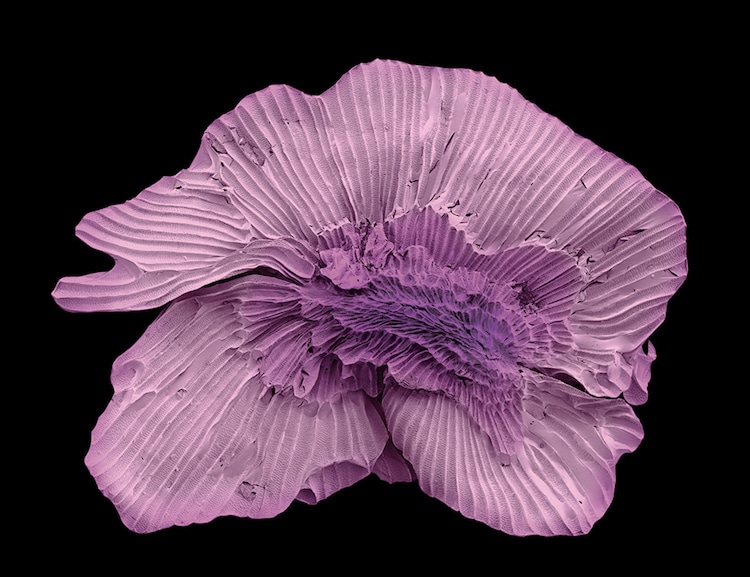
Paulownia tomentosa — Princess tree; native to China – seed with lobed peripheral wing to assist wind dispersal. Hand-colored micrograph.
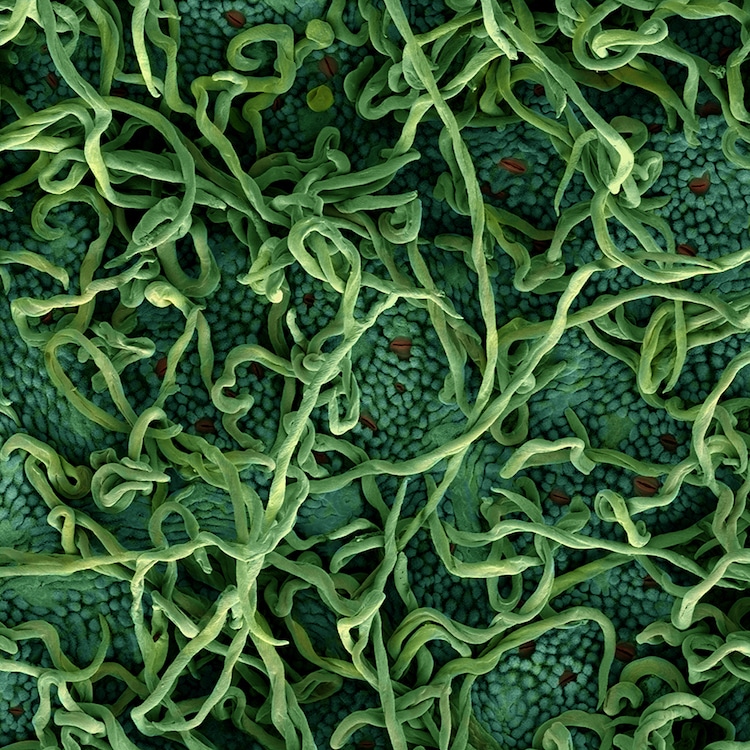
Pyrus pyraster — Wild pear; underside of leaf with intertwined trichomes (hairs) covering the leaf surface. Hand-colored micrograph.
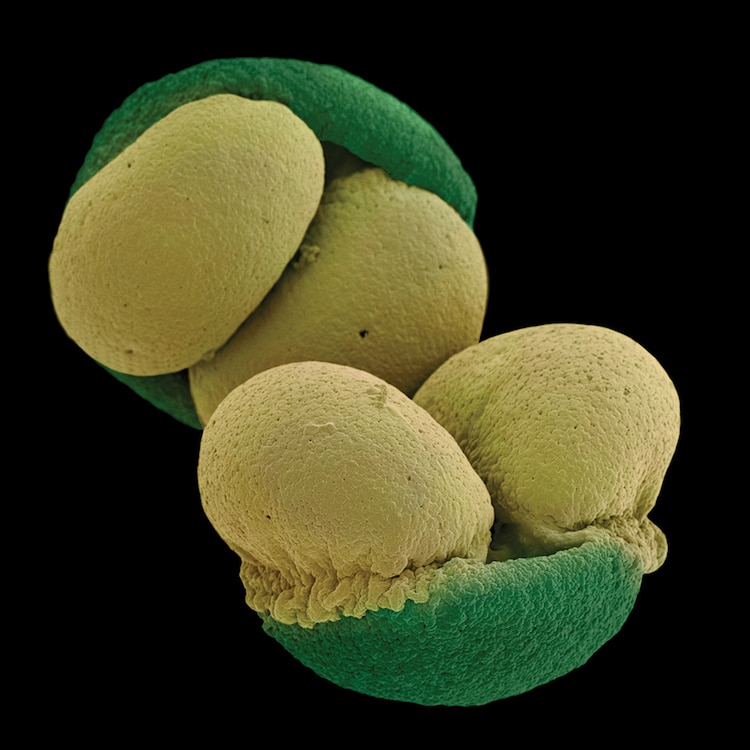
Pinus radiata — Monterey Pine: two dehydrated pollen grains. Hand-colored micrograph.
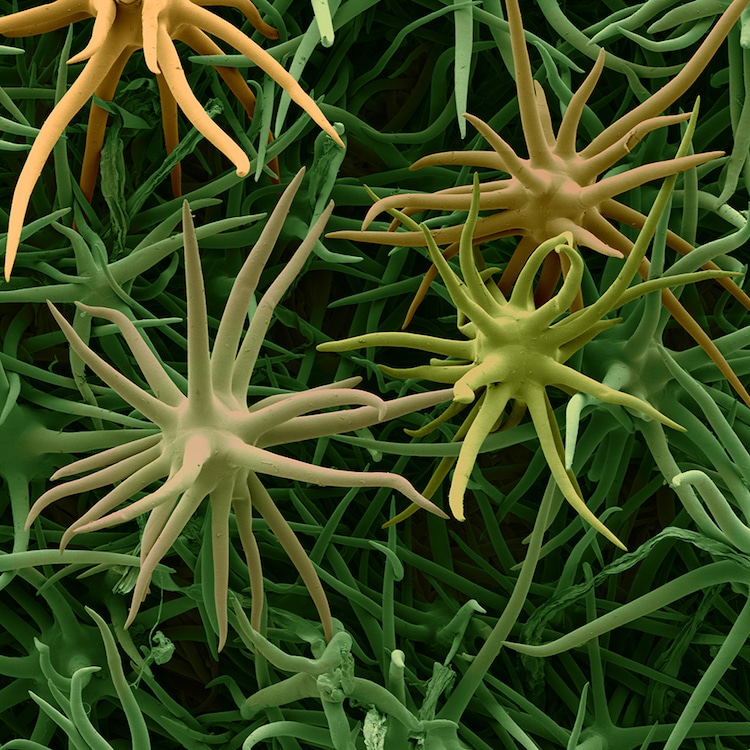
Viburnum lanata — Wayfaring tree; magnified view of highly branched trichomes (hairs) covering the leaf surface. Hand-colored micrograph.
Rob Kesseler: Website | Instagram
My Modern Met granted permission to feature photos by Rob Kesseler.
Related Articles:
Seals Frolicking Among an Iceberg Wins Underwater Photographer of the Year
Photographer Captures the Magical Beauty of Kyoto’s Temples in Winter
Stunning Aerial Photos Capture Rare Sight of Icelandic Highlands When Thawed






